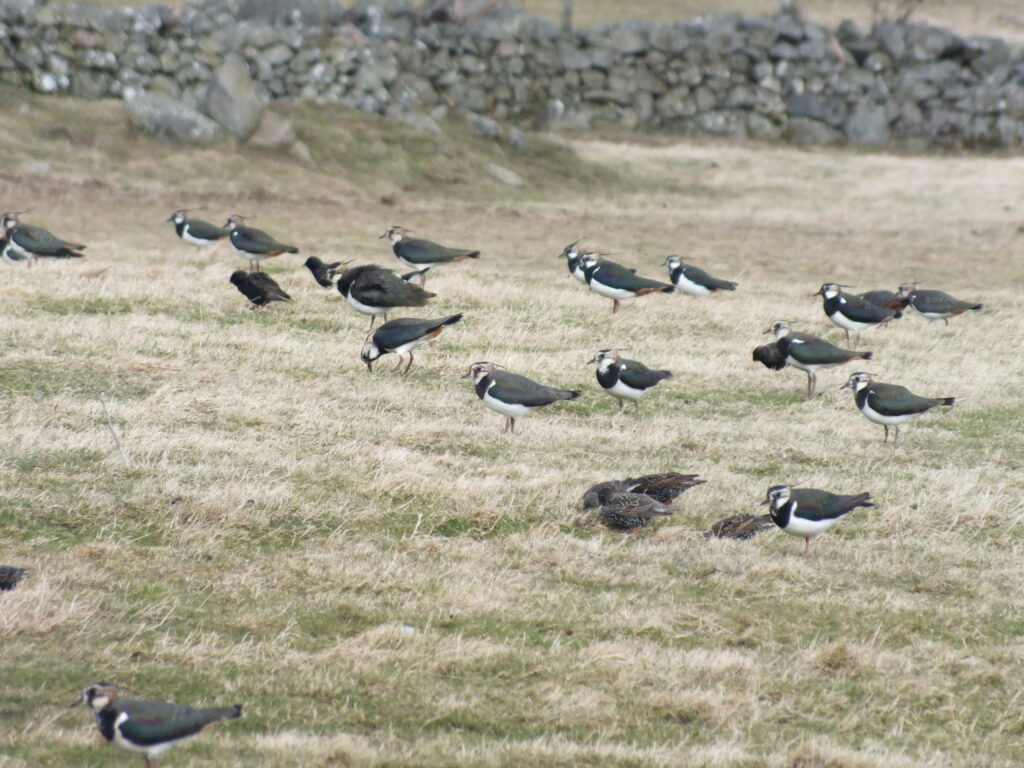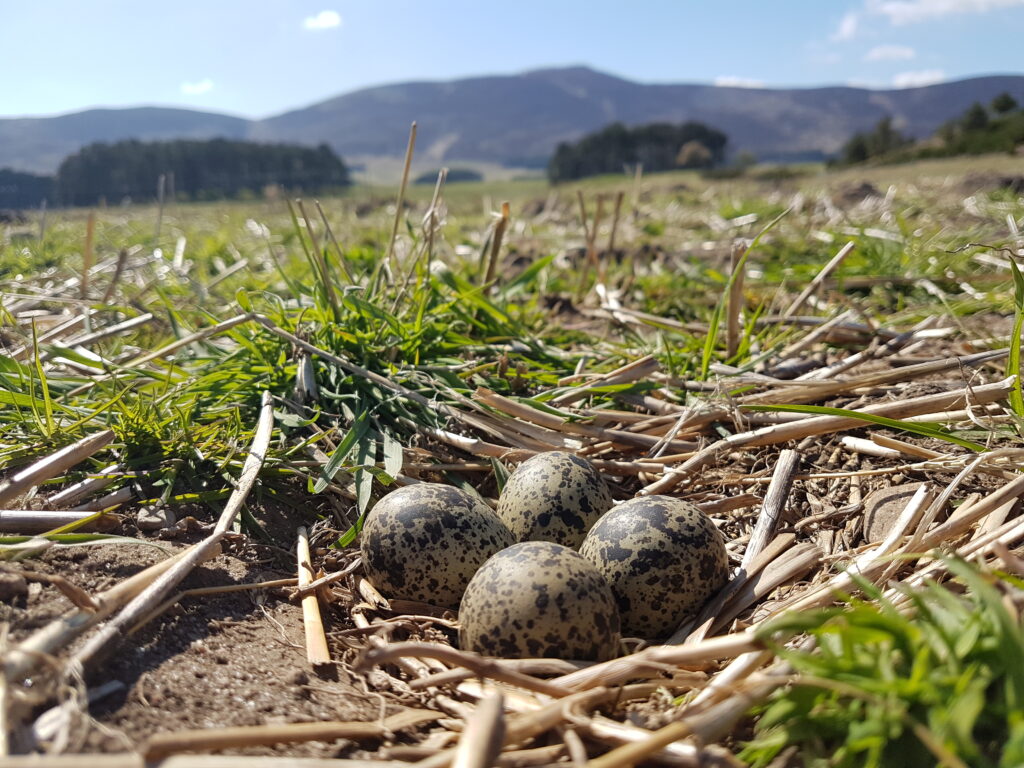CONSERVATIONISTS have appealed to the public for help to highlight the perilous position of Scotland’s wading birds ahead of the first Wader Week.
NatureScot has joined forces with Working for Waders – a partnership that aims to tackle the decline of wading birds, such as the curlew, lapwing and redshank.
The groups are encouraging people to participate in Wader Week between May 6 and May 12 by either completing Wader Calendar and/or taking part in their Nest Camera Project.
The Wader Calendar allows the public to record sightings of waders, their nests or their eggs.

Dave Parish, NatureScot Ornithologist and Working for Waders chair, said: “The birds like to nest in open habitats such as moorland or agricultural grasslands, which can make nests vulnerable.
“Many farmers have a great deal of affection for these birds and will go to great lengths to protect their nests, ploughing round them and moving chicks if they can.
But even with the best of intentions, this can be difficult and time-consuming work.”
“[However,] It’s not only farmers who can help waders and the Wader Calendar provides a simple means for anyone to get involved.
“You can record any waders you see on areas of land which you can check reasonably frequently, being mindful of minimising disturbance to nesting birds.”
Typified by long legs and often a long bill, waders come in a variety of sizes from the tiny ‘mouse-like’ sanderling to the hefty curlew.
All the ‘big five’ farmland waders (curlew, lapwing, oystercatcher, redshank and golden plover) have been lost from historical parts of their breeding range in Scotland.
Specifically, redshanks have retracted by 44% from 1972 to 2012 and lapwings have suffered a 62% decline in populations from 1995 and 2021.
Between 2016 and 2021 the number of both birds fell by 10%.

The Nest Camera Project helps people set-up trail cameras at nest sites so they can capture vital information, such as whether the chicks hatched successfully or whether the eggs were eaten.
Parish added: “The loss of eggs and chicks to predators is probably the biggest problem waders face today.
“Nesting on the ground means that wader eggs and chicks are vulnerable to a wide range of predators.
“Foxes, badgers and smaller mammals can take eggs and chicks, all these predators are relatively common today except where habitats are unsuitable or where numbers are controlled.
“To successfully stabilise wader populations, it’s critical we have effective interventions for reducing predation.”
Many wader-friendly areas are now also being targeted for woodland planting and waders are not only directly displaced by forestry, but will avoid areas around forest blocks.
To reduce this impact, NatureScot encourages forestry planners to avoid wader strongholds when selecting areas for tree planting.
The Clyde Valley Wader Group has allowed farmers to pioneer new conservation techniques which have shown an improvement in local lapwing numbers.
Working for Waders and RSPB Scotland have funded and facilitated aspects of this work, but it has been largely driven by the enthusiasm of local farmers.
Jennifer Struthers, from the Scottish Agricultural College, said: “The Clyde Valley Wader Group is great because it’s driven by local people who live and work in the landscapes where waders are found.
“Governments lead on national targets for conservation, but it’s often hard to turn ideas into action.
“We all want to do our best for birds like curlews and lapwings and this project has put farmers into the driving seat.”
Similar projects have been introduced in Angus, the Borders and the Isle of Skye.
